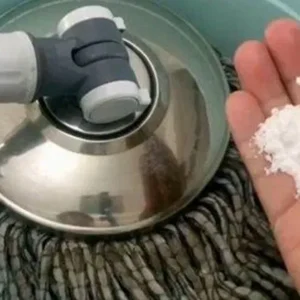If you’ve ever sorted through a grandparent’s sewing basket or display cabinet, you may have stumbled upon a tiny metal or porcelain thimble and wondered why it mattered. Understanding its purpose starts with looking at everyday life decades ago. Before sewing machines were common and clothing was easily replaced, people repaired garments at home, and a thimble served as essential protection for the finger guiding the needle through heavy fabric.
To explore the story behind a thimble you’ve found, start by examining its material, weight, and design. Older thimbles were made from brass, silver, bone, or porcelain, each reflecting craftsmanship from a specific era or region. Pop culture has also given these tools symbolic value—appearing in children’s stories, theater, and board games—which shows how familiar and treasured they once were. These details can help you connect the object to the hands and routines of those who used it.
Next, consider whether the thimble may hold sentimental or collectible value. Many were purchased during travels, passed down through generations, or gifted as tokens of affection. Museums and private collections around the world now celebrate thimbles as miniature works of art, featuring patterns, engravings, and hand-painted scenes. Learning a bit about the maker or historical period can transform a simple object into a meaningful keepsake.
Finally, decide how you’d like to honor and preserve it. Displaying a thimble in a shadow box, keeping it with family sewing supplies, or simply sharing its story can keep its history alive. Whether it reminds you of a loved one’s creativity, resilience, or attention to detail, a thimble offers a small but powerful connection to the past. Sometimes the tiniest items tell the biggest stories—if we slow down long enough to notice them.





